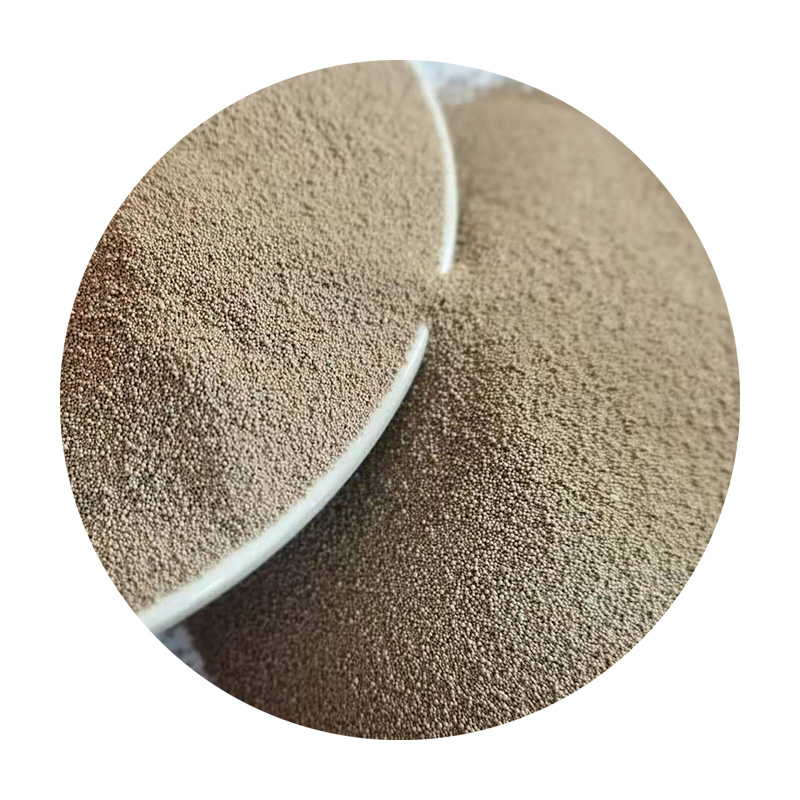Steps of Sand Casting A Comprehensive Guide
Sand casting, also known as sand mold casting, is one of the most widely used metal casting processes in the manufacturing industry. This versatile method allows for the creation of complex shapes and designs with excellent dimensional accuracy. The process utilizes sand as the primary mold material, making it both cost-effective and efficient. In this article, we will explore the step-by-step procedures involved in sand casting, shedding light on its significance in modern production techniques.
Step 1 Pattern Making
The first step in the sand casting process is the creation of a pattern, which is a replica of the final product. Patterns are typically made from materials such as wood, metal, or plastic, and are designed to withstand the casting process. The pattern is slightly larger than the final product to account for the shrinkage that occurs as the metal cools. The design of the pattern is crucial, as it determines the complexity and quality of the final molded part.
Step 2 Mold Preparation
Once the pattern is ready, the next step is to prepare the mold. Typically, a mixture of sand and a binding agent—often clay—is used to make the mold. The sand is compacted around the pattern in a mold box, forming two halves the cope (top half) and the drag (bottom half). The pattern is carefully removed, leaving a hollow cavity that mirrors the shape of the object to be cast. To create pouring channels and vents, additional features may be added to the mold.
Step 3 Core Making (if necessary)
For more complex castings that require internal cavities, cores are used. Cores are separate pieces made from sand and a binding agent, produced similarly to the mold. They are placed within the mold before the molten metal is poured, ensuring that hollow sections of the final casting can be accurately formed. Core making adds an extra layer of complexity to the sand casting process but is essential for certain designs.
Step 4 Melting the Metal
After the mold and core are prepared, the metal is melted. The choice of metal—be it aluminum, iron, or bronze—depends on the requirements of the final product. The metal is heated in a furnace until it reaches a liquid state, at which point it must be poured into the mold quickly. The temperature and timing are critical, as any delay can lead to defects in the final casting.
steps of sand casting

Step 5 Pouring the Metal
The molten metal is poured into the prepared mold through the pouring cup and down the gating system. This step requires precision and control to ensure an even flow and to avoid trapping air in the mold, which can cause defects in the casting. Once the mold is filled, the metal is allowed to cool and solidify, a process that can take anywhere from a few minutes to several hours, depending on the thickness of the metal and type of material used.
Step 6 Cooling and Solidification
As the metal cools, it undergoes a phase change from liquid to solid. This process is crucial, as it determines the final properties of the casting. Once the metal has reached a solid state, the mold is ready to be opened. Proper cooling techniques are crucial to avoid any warping or cracking of the final product.
Step 7 Mold Removal
After the metal has cooled sufficiently, the sand mold can be separated, revealing the casting. This stage involves shaking or knocking the mold to break it apart. Care must be taken to avoid damaging the newly formed metal part. Any cores used during the process will also be removed at this time.
Step 8 Finishing Operations
The final step involves finishing operations such as trimming, grinding, and polishing. This stage ensures that the casting meets the required dimensions and surface finish. Additional processes may include heat treatment, which can enhance the mechanical properties of the metal, resulting in a durable and high-quality final product.
Conclusion
Sand casting is a time-honored manufacturing process that has stood the test of time due to its adaptability and efficiency. By understanding the essential steps involved in sand casting, manufacturers can produce a wide variety of metal products with intricate designs and reliable quality. From pattern making to finishing operations, each step plays a crucial role in the overall success of the casting process, making sand casting a fundamental technique in the world of manufacturing.
Post time:Říj . 21, 2024 21:13
Next:Achieve Flawless 3D Prints with No Sanding Required for a Perfect Finish
